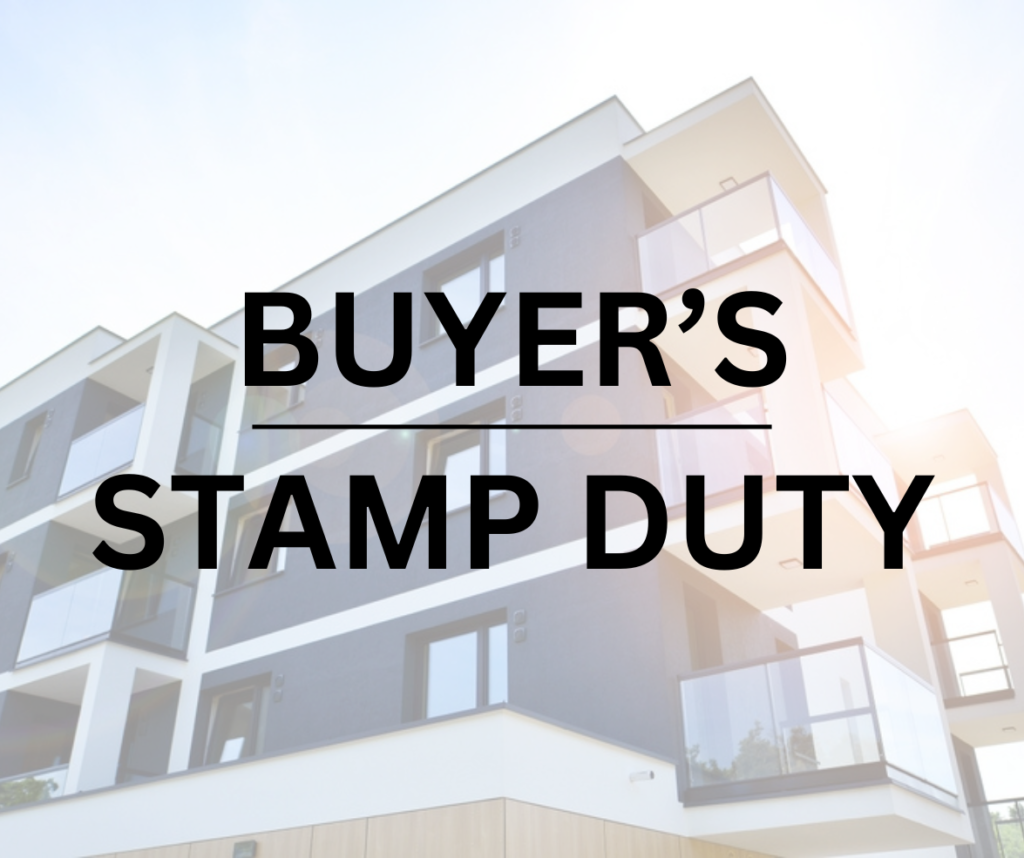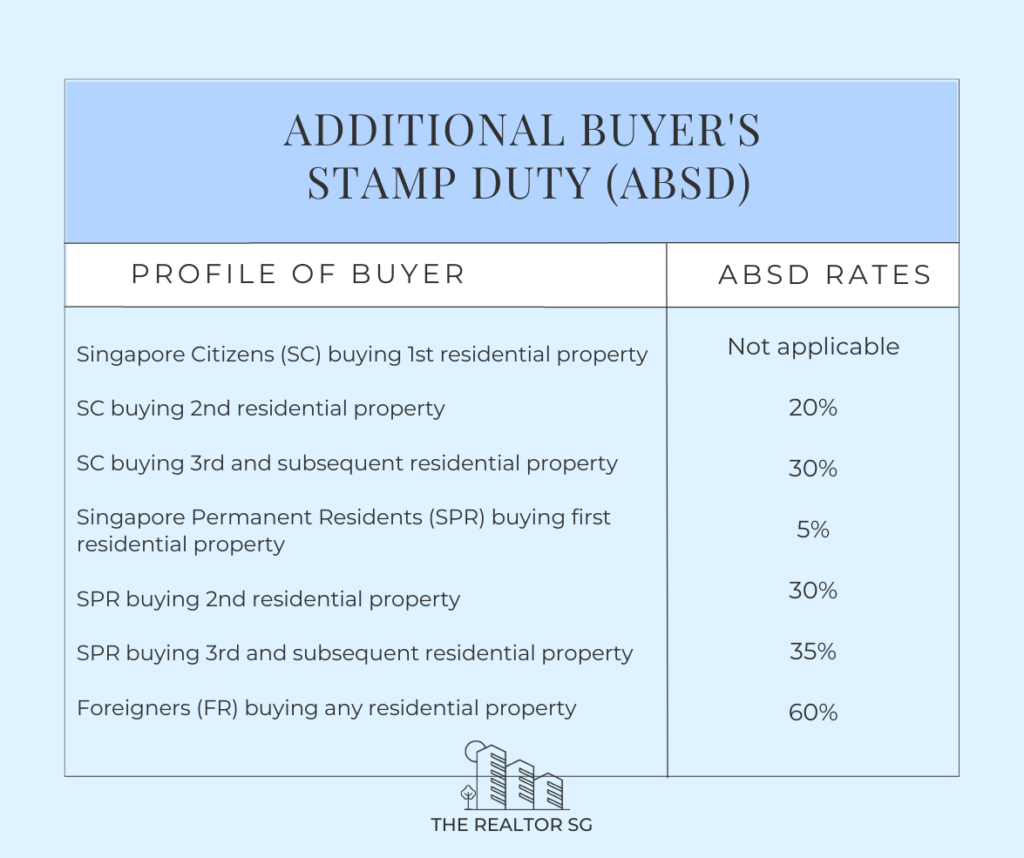Residential Buyer’s Stamp Duty: Everything You Need to Know (2023)

Everything You Need to Know About Buyer’s Stamp Duty
Paying your fair share. A guide for homebuyers in Singapore.
Buyer’s Stamp Duty in Singapore
Buying a home is one of the most important financial decisions you will ever make. It is also one of the most complex, with many factors to consider, including the cost of the property, the down payment, and the monthly mortgage payments.
In addition to these costs, there are also a number of taxes and duties that you will need to pay when you buy a home in Singapore. One of these taxes is Buyer’s Stamp Duty (BSD).
BSD is a tax that is payable on the purchase of any property in Singapore, regardless of whether the property is residential or commercial. The amount of BSD payable depends on the purchase price of the property and the buyer’s residency status.
Another tax that you may need to pay when you buy a home in Singapore is Additional Buyer Stamp Duty (ABSD). ABSD is a tax that is payable on the purchase of additional residential properties in Singapore. The amount of ABSD payable depends on the number of residential properties that the buyer owns and their residency status.
This article will provide a comprehensive overview of Buyer Stamp Duty and Additional Buyer Stamp Duty in Singapore. It will also explain how to calculate BSD and ABSD.
What is Buyer’s Stamp Duty (BSD)?
Buyer Stamp Duty (BSD) is a tax that is payable on the purchase of any property in Singapore, regardless of whether the property is residential or commercial. The amount of BSD payable depends on the purchase price of the property and the buyer’s residency status.
– For the first S$180,000, the BSD rate is 1%
– For the next S$180,000, the BSD rate is 2%
– For the next S$640,000, the BSD rate is 3%
– For the next S$500,000, the BSD rate is 4%
– For the next S$1.5 million, the BSD rate is 5%
– For the remaining amount, the BSD rate is 6%
What is Additional Buyer’s Stamp Duty (ABSD)?
Additional Buyer’s Stamp Duty (ABSD) is another tax that may be required to be paid by the buyer after signing the agreement for the purchase of a property. The ABSD rates vary depending on the buyer’s profile, such as whether the buyer is an individual or an entity, the buyer’s residency status, and the number of residential properties owned by the buyer.
The purpose of the ABSD is to moderate housing demand and promote a sustainable property market. It discourages speculative buying and owning multiple properties, thus ensuring that housing remains affordable for first-time buyers and owner-occupiers.
The following table shows the ABSD rates for different purchase price ranges and buyer residency statuses:

It’s important to note that the ABSD rate for a joint purchase will be based on the higher rate. However, married couples buying their first residential property with at least one Singapore Citizen spouse will qualify for ABSD remission and therefore do not need to pay ABSD.
ABSD is calculated using a progressive tax rate system. This means that the higher the value of the property being purchased, the higher the rate of ABSD that is payable.
You can use the Buyer’s Stamp Duty Calculator to calculate the fees.
In Conclusion
These stamp duties are part of the measures implemented by the Singaporean government to promote a sustainable property market. They are designed to moderate housing demand while prioritizing owner-occupation and providing sufficient housing supply. In conclusion, understanding the BSD and ABSD rates is crucial when planning to purchase a residential property in Singapore as they significantly impact the overall cost of the property. It’s always advisable to factor in these costs when budgeting for a property purchase.
For more information, do visit IRAS’s website for more.



